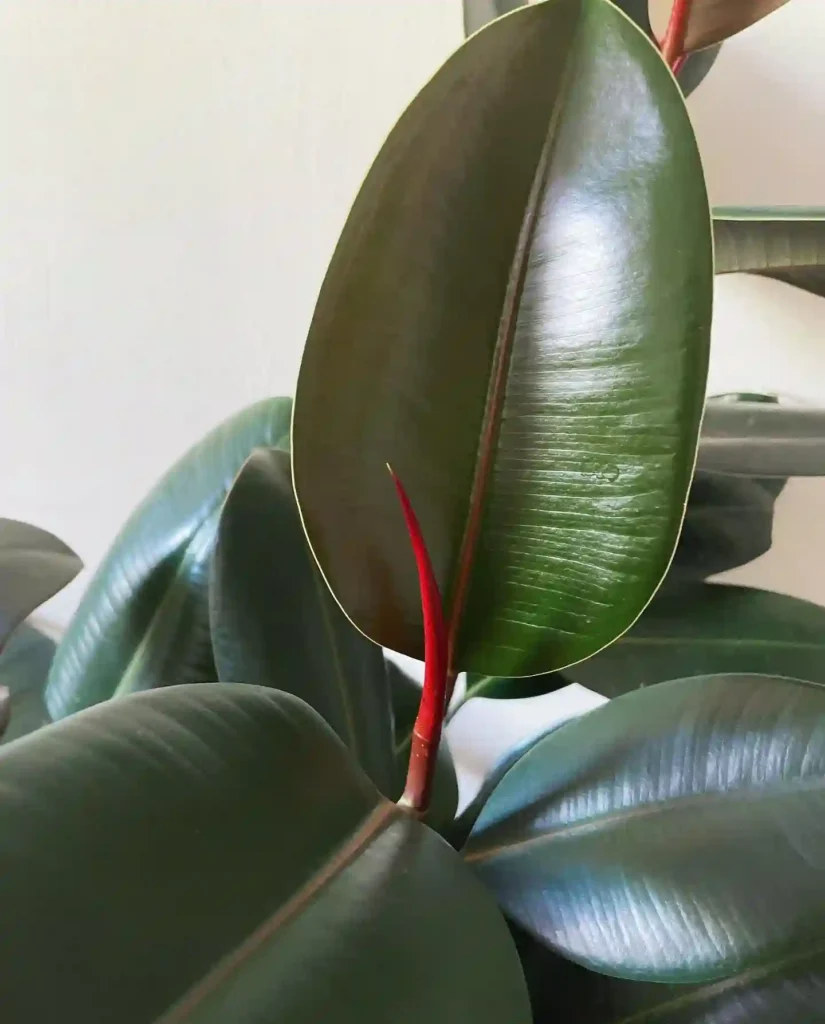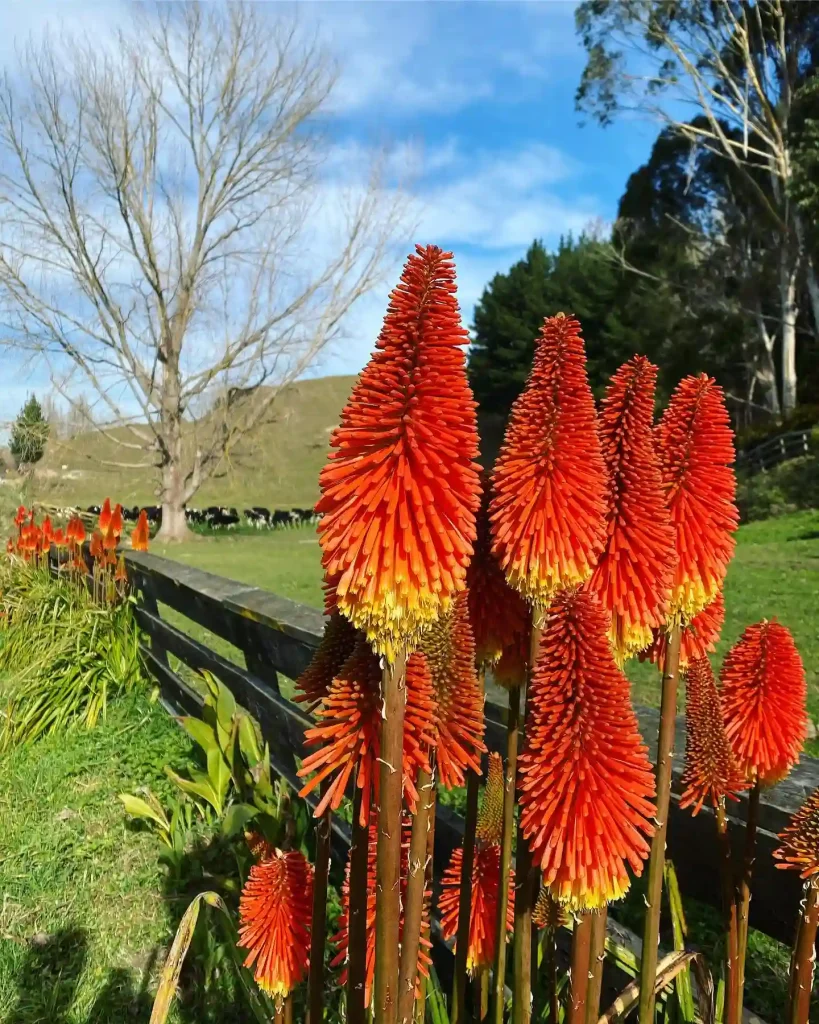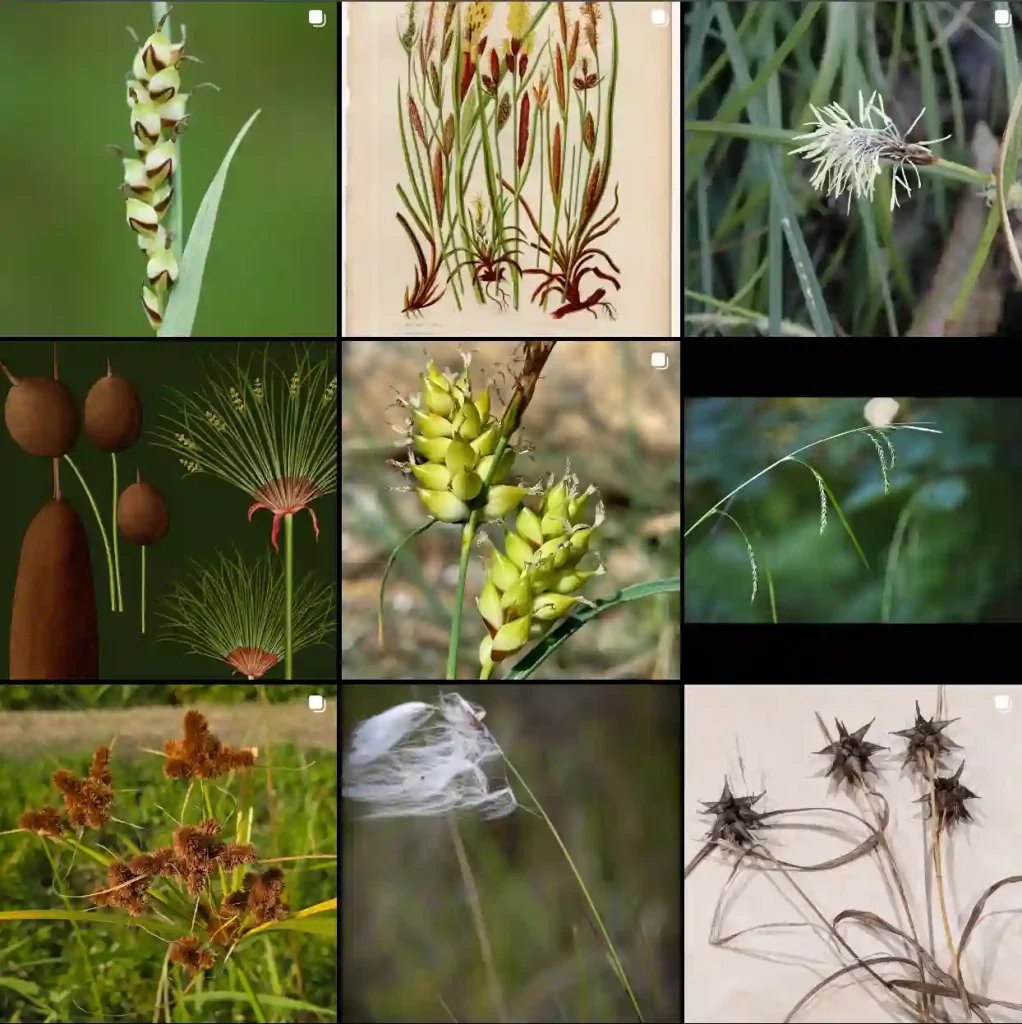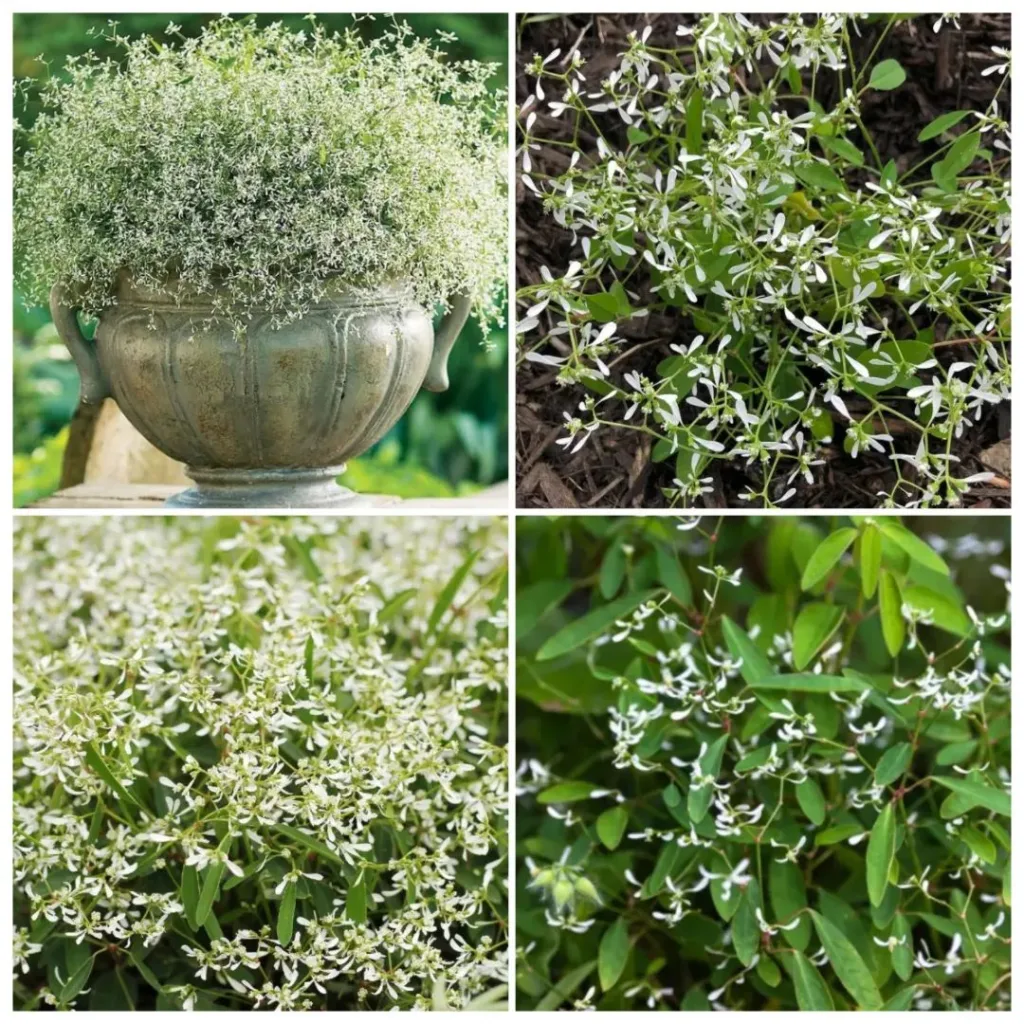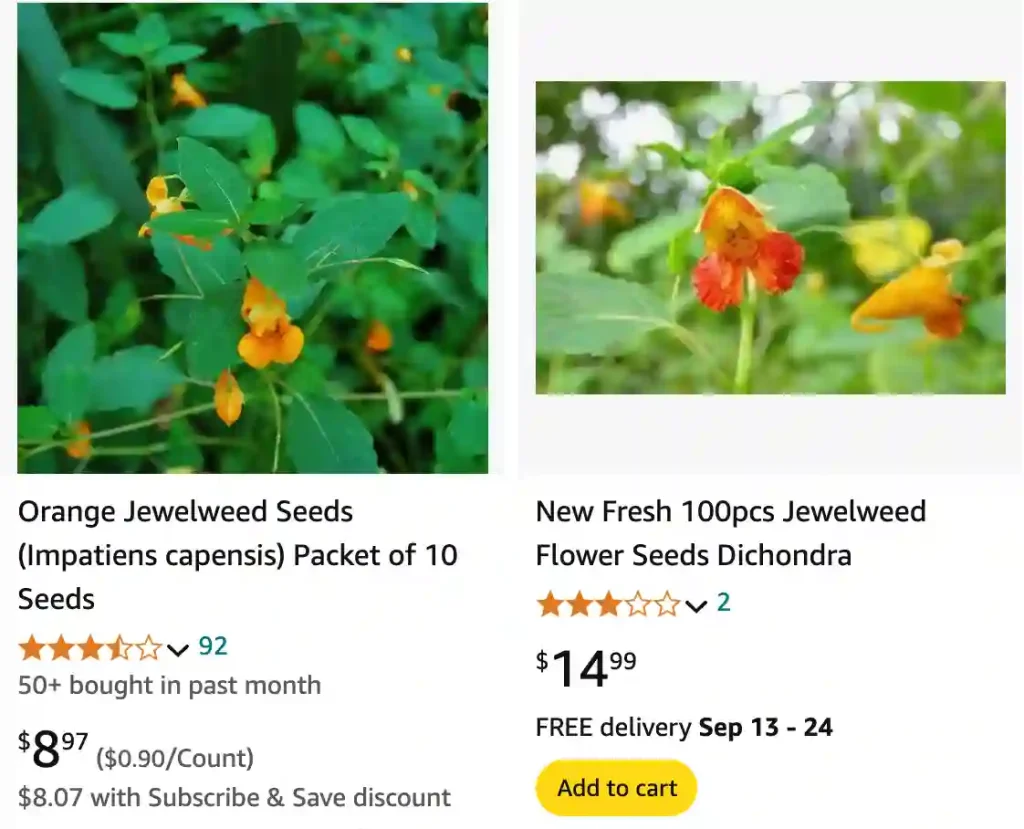
What is Jewelweed?
Jewelweed, scientifically known as Impatiens Capensis, is a perennial herbaceous plant native to North America. It’s often found in moist, shady environments such as stream banks and woodlands. Jewelweed gets its name from its bright orange or yellow flowers, which seem to sparkle like jewels when the sunlight hits them. The plant is also known for its distinctive, translucent seed pods that burst open when touched, earning it the nickname “Touch-Me-Not”.
1124 Species in Genus Impatiens
How to Identify Jewelweed?
Identifying Jewelweed is relatively straightforward once you know what to look for. The plant typically grows between 2 to 4 feet tall and features succulent, lance-shaped leaves that are alternately arranged. Its flowers are trumpet-shaped and come in shades of orange or yellow, with spotted markings. The seed pods are one of its most unique features; they are green, translucent, and when mature, they explosively release seeds when touched.
How to Harvest Jewelweed?
Harvesting Jewelweed involves a few simple steps. First, identify mature plants in late summer or early fall. Wear gloves to avoid contact with the plant’s sap, which can sometimes cause irritation. You can harvest the leaves and flowers by cutting them with scissors or pruning shears. Ensure you collect only what you need, leaving some plants behind to maintain the population and support local wildlife.
How to Make Jewelweed Tincture?
Making a Jewelweed tincture is a straightforward process. Here’s a basic recipe:
- Harvest and Prepare: Gather fresh Jewelweed leaves and flowers. Rinse them thoroughly and let them dry for a few hours.
- Chop and Fill: Chop the plant material into small pieces and fill a clean glass jar about halfway with the chopped plant.
- Add Alcohol: Pour a high-proof alcohol like vodka over the plant material until the jar is full.
- Infuse: Seal the jar tightly and store it in a dark, cool place. Shake it daily for about 4 to 6 weeks.
- Strain and Store: After the infusion period, strain out the plant material using a cheesecloth or fine strainer. Transfer the tincture into a dark glass bottle and label it.
How to Make Jewelweed Salve?
Creating a Jewelweed salve is another way to utilize this plant’s medicinal properties. Here’s how you can make it:
- Infuse Oil: Start by infusing Jewelweed leaves and flowers in a carrier oil like olive oil. You can do this by placing the chopped plant material in a jar and covering it with oil, then heating it gently in a double boiler for 2 hours.
- Strain Oil: Strain out the plant material and pour the infused oil into a clean pot.
- Add Beeswax: Melt beeswax into the oil (typically 1 part beeswax to 4 parts oil). Stir until completely melted and mixed.
- Cool and Store: Pour the mixture into small jars or tins and let it cool completely before sealing.
How to Make Jewelweed Soap?
To make Jewelweed soap, you can use either a cold process or a melt-and-pour method. For the cold process:
- Infuse Oil: Infuse Jewelweed leaves and flowers in olive oil as described in the salve recipe.
- Prepare Lye Solution: Dissolve lye in water and let it cool.
- Mix Ingredients: Combine the infused oil with the lye solution. Blend until it reaches “trace,” where it thickens slightly.
- Add Fragrance and Color: You can add essential oils or natural colorants if desired.
- Pour and Cure: Pour the mixture into molds and let it cure for about 4 to 6 weeks.
Is Jewelweed Edible?
Jewelweed is not typically consumed as food. While some sources suggest that the young leaves can be used in salads or as a cooked green, it is more commonly used for its medicinal properties rather than as a food source.
Is Jewelweed Invasive?
Jewelweed is considered an aggressive spreader in some areas, particularly in the eastern United States. It can rapidly colonize areas, outcompeting native plants. However, its invasiveness largely depends on local conditions and whether it is introduced outside its native range.
Is Jewelweed Poisonous?
Jewelweed is not known to be poisonous. In fact, it is often used to treat skin irritations and rashes, including those caused by poison ivy. However, as with any plant, it is best to handle it with care and avoid consuming it in large quantities.
Where to Buy Jewelweed?
Jewelweed can be purchased from herbal shops, online retailers, or local plant nurseries. You might also find it growing wild in its native habitats if you prefer to harvest it yourself.
Do Hummingbirds Like Jewelweed?
Yes, hummingbirds are attracted to Jewelweed. The plant’s bright, tubular flowers provide a good source of nectar, making it a favorite among these tiny birds.
Why is Jewelweed Called Touch-Me-Not?
The name “Touch-Me-Not” refers to the plant’s seed pods, which burst open when touched, dispersing seeds in all directions. This unique characteristic is a key feature of the plant and contributes to its common name.
Jewelweed vs Lamb’s Quarters
Jewelweed and Lamb’s Quarters (Chenopodium album) can be confused due to their similar habitat preferences. However, Jewelweed has bright, trumpet-shaped flowers and translucent seed pods, while Lamb’s Quarters features triangular leaves and clusters of small, greenish flowers.
Jewelweed vs Poison Ivy
Jewelweed and Poison Ivy (Toxicodendron radicans) are often confused due to their overlapping habitats. Jewelweed has distinctive, translucent seed pods and bright flowers, while Poison Ivy has three leaflets and can cause skin irritation upon contact.
Jewelweed vs Potentilla
Jewelweed and Potentilla (Potentilla spp.) differ in their appearance and uses. Jewelweed has trumpet-shaped flowers and is used primarily for skin conditions, whereas Potentilla has five-petaled flowers and is used in various herbal remedies for its astringent properties.
Jewelweed vs Touch-Me-Nots
The term “Touch-Me-Not” is often used interchangeably with Jewelweed, but it can also refer to the related plant Impatiens pallida. Both plants have similar explosive seed pods and are used for similar purposes, though their flower colors and shapes may differ slightly.
How to Care for Jewelweed
Jewelweed thrives in moist, shaded environments. It requires regular watering and prefers soil that is rich in organic matter. It can spread quickly, so be prepared to manage its growth if you are cultivating it in your garden.
How to Propagate Jewelweed
Jewelweed can be propagated through seeds. Collect seeds from mature pods and sow them directly into the soil in early spring or late fall. The seeds will germinate in the moist, shaded conditions where Jewelweed naturally grows.
Benefits of Jewelweed
Jewelweed is valued for its ability to treat skin conditions such as poison ivy rashes and insect bites. Its anti-inflammatory and soothing properties make it a popular choice for natural remedies.
Common Problems with Jewelweed
One common issue with Jewelweed is its tendency to become invasive. It can quickly spread and outcompete other plants. Additionally, its sap can cause mild skin irritation in some individuals, so it’s advisable to wear gloves when handling it.
Compare Jewelweed with Other Similar Plants
Jewelweed is often compared to other plants with similar uses. For instance, while it is useful for treating skin irritations, Calendula officinalis (marigold) and Aloe vera are also popular choices for similar conditions. Each plant has its unique properties and benefits, making it useful to choose the one best suited to your needs.
If i die, water my plants!
